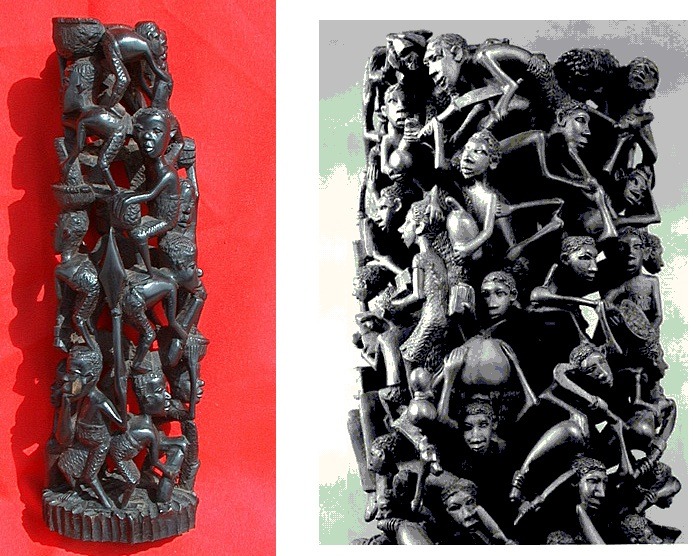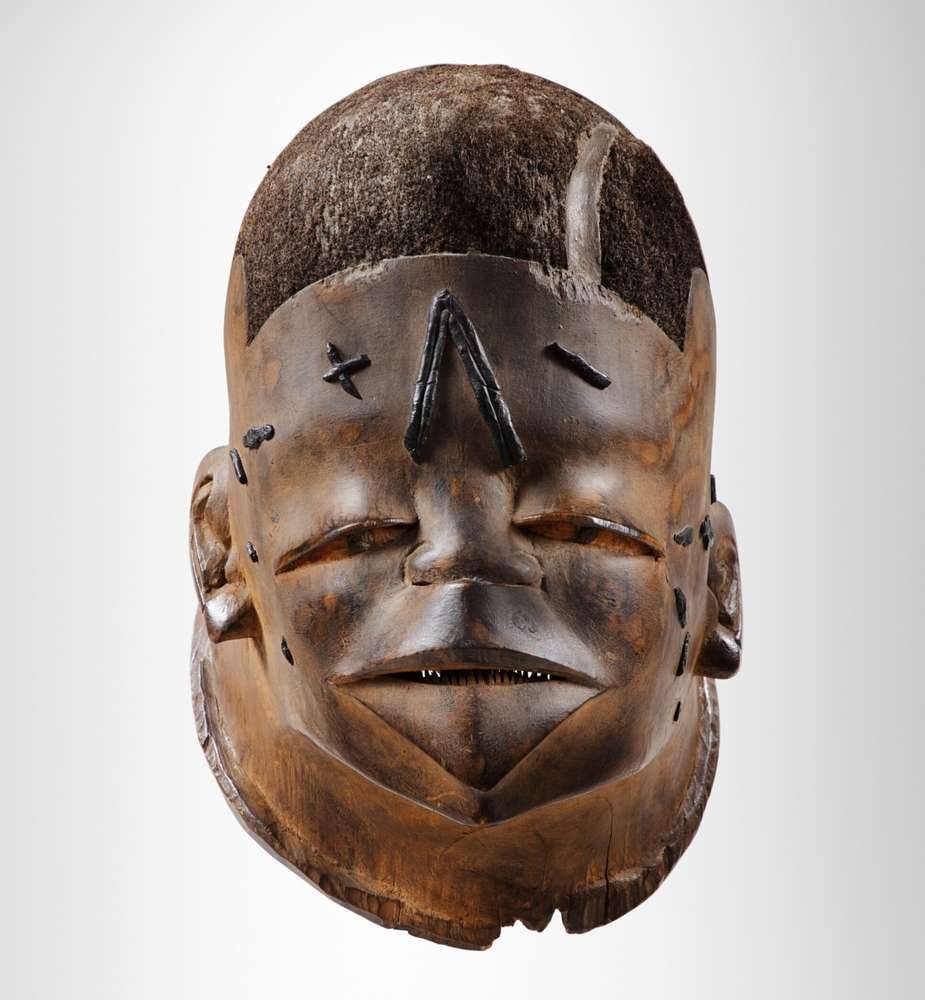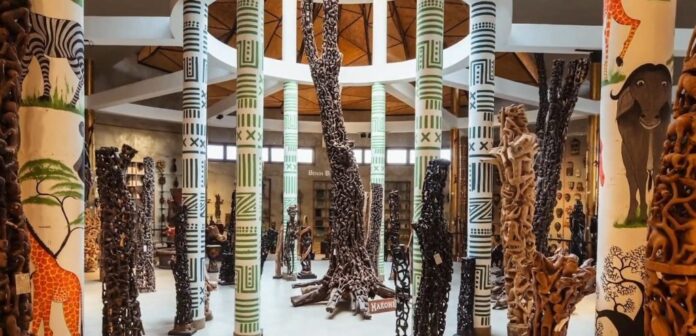The Makonde people, an ethnic group native to southeastern Tanzania and northern Mozambique, are renowned for their extraordinary artistic traditions, particularly their intricate wood carvings.
Makonde sculptures are not only visually stunning but also deeply symbolic, reflecting the culture, history, and spirituality of the Makonde people. These sculptures have gained international acclaim, becoming a significant part of Africa’s artistic heritage.
The Origins of Makonde Sculptures
The Makonde people have a rich cultural history that dates back centuries. Living in the rugged plateaus and dense forests of Tanzania and Mozambique, the Makonde developed a unique artistic tradition rooted in their environment and way of life.
Wood carving, in particular, became a central aspect of their cultural expression. The abundance of hardwood trees, such as ebony and mahogany, provided the perfect medium for their artistry.
Traditionally, Makonde sculptures were created for ritualistic and ceremonial purposes. They were used in initiation rites, ancestor worship, and storytelling. Over time, however, the art form evolved, influenced by external factors such as trade, colonialism, and globalization. Today, Makonde sculptures are celebrated both as cultural artifacts and as contemporary works of art.
Styles of Makonde Sculptures
Makonde sculptures are characterized by their intricate detailing, expressive forms, and deep cultural symbolism. There are two primary styles of Makonde carving:
- Shetani Style
The Shetani style, which means “spirit” or “devil” in Swahili, is inspired by the supernatural world. These sculptures often depict abstract, otherworldly figures with exaggerated features, such as elongated limbs, twisted bodies, and haunting expressions. Shetani carvings are deeply symbolic, representing spirits, ancestors, and mythical creatures. They are believed to embody the connection between the physical and spiritual realms. - Ujamaa Style
The Ujamaa style, meaning “familyhood” or “togetherness” in Swahili, reflects the communal values of the Makonde people. These sculptures typically depict groups of interconnected figures, symbolizing unity, family, and social cohesion. Ujamaa carvings are often more realistic than Shetani sculptures, with a focus on human relationships and everyday life.


In addition to these two main styles, Makonde artists also create Mapico masks, which are used in traditional dances and ceremonies.

These masks are carved from lightweight wood and painted with natural pigments, representing various spirits and characters from Makonde folklore.
Themes and Symbolism in Makonde Sculptures
Makonde sculptures are rich in symbolism, often conveying complex ideas and narratives. Some common themes include:
- Ancestral Veneration: Many Makonde sculptures honor ancestors, who are believed to play a vital role in guiding and protecting the living. These carvings serve as a bridge between the past and the present, connecting the community with its heritage.
- Nature and the Environment: The Makonde people have a deep respect for nature, which is reflected in their art. Sculptures often incorporate elements of the natural world, such as animals, plants, and landscapes.
- Social Commentary: Some contemporary Makonde artists use their work to address social and political issues, such as inequality, corruption, and the impact of globalization. These sculptures serve as a powerful medium for storytelling and advocacy.
- Spirituality and Mythology: The Shetani style, in particular, explores the mystical and spiritual dimensions of Makonde culture. These sculptures often depict spirits, demons, and mythical beings, reflecting the Makonde worldview.
The Cultural Significance of Makonde Sculptures
Makonde sculptures are more than just works of art; they are a vital part of the Makonde cultural identity. For the Makonde people, carving is not merely a craft but a way of preserving their history, values, and traditions. The process of creating a sculpture is deeply spiritual, often involving rituals and prayers to honor the ancestors and seek their guidance.
In addition to their cultural significance, Makonde sculptures have played an important role in promoting African art on the global stage. During the mid-20th century, Makonde artists began to gain international recognition, with their work being exhibited in galleries and museums around the world. This exposure helped to challenge stereotypes about African art and highlight its complexity and sophistication.
Makonde sculptures from Tanzania and Mozambique are a testament to the creativity, resilience, and cultural richness of the Makonde people. These intricate carvings, with their deep symbolism and expressive forms, offer a window into the history and spirituality of one of Africa’s most fascinating cultures. Whether as ritual objects, social commentaries, or contemporary artworks, Makonde sculptures continue to captivate and inspire audiences around the world.

